Much like its name, Under Night In-Birth II Sys:Celes is a complex game to learn, but thanks to a stellar core combat system that makes every set feel intimate and plenty of tools to help enhance your skills, it makes for an easy-to-enjoy French-Bread original.
UNI2 is the follow-up to 2012’s Under Night In-Birth, a cult classic fighting game from French-Bread and Arc System Works that has consistently remained a popular 2D title—maintaining a sizable audience of players in the fighting game community. The complexity of UNI2’s combat stems from masterfully enhancing core aspects of its predecessor, such as the GRD system and its associated meters, layering new elements on top of existing mechanics in a way that opens itself to an experimental and fun flow every time I picked up the sticks.
Outside of a few lacking features and a story that doesn’t do much to hype the end of a decade-long saga, you won’t regret giving the game a shot when you get your GRD rolling.
Combat prowess not included
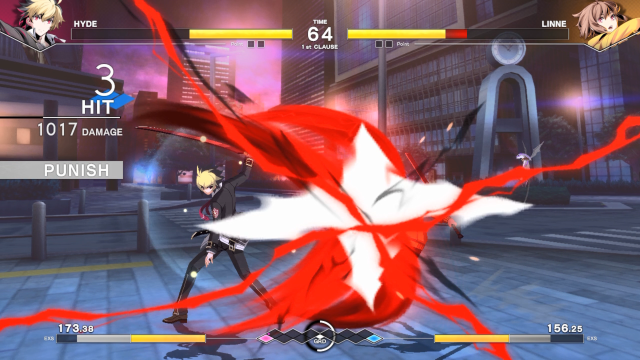
Under Night In-Birth II Sys:Celes is built around getting you into its action and enjoyable systems right away while also showing you how to improve as you play. I had never paid much attention to the franchise beyond a glance at some tournament highlights here and there. That is, until Under Night In-Birth Exe:Late[cl-r], an updated version of the first game, got invited to Evo 2019. When I picked up the game ahead of that event, I was surprised by how much I enjoyed the core mechanics—even if I was out of my depth.
The GRD—pronounced grid—system is still one of my favorite mechanics in any fighting game on a technical level, as it rewards you for playing aggressively or successfully defending against your opponents. Just moving forward is enough to put you at an advantage and potentially net you a Vorpal—a boost given at set intervals during a match, depending on who has met certain conditions. It also opens the door for using unique moves, Chain Shifting, or new additions like the Celestial Vorpal super boost, giving a simple but solid combat system incredible versatility.
Those returning mechanics alone make the flow of battles in UNI2 feel great and motivate you to improve your gameplay incrementally by learning when and where to push forward or defend naturally, even if you’re new. This is only bolstered by the extensive and easy-to-follow tutorial and mission systems that lay out every game and character mechanic in a row to let you learn them at your own pace.
Once you feel comfortable with your skills, you can take your talents to the network and play online with a smooth rollback netcode experience. The lobbies might be barebones, but they function well, and I didn’t feel any lag during my time with the game.
Style 2-Die for
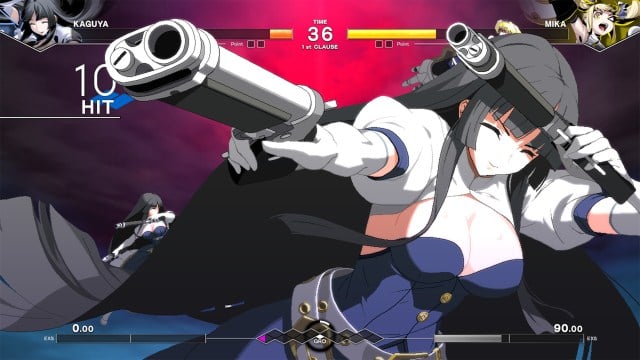
Much like Tekken 8, UNI2 has an incredible replay tool, allowing you to download anyone’s replay data and jump into that replay as if you were playing the game yourself, letting you test different outcomes and see mistakes to correct. This is especially useful if you are learning a new character and want to jump into a trial by fire instead of just using training mode.
At a glance, it might seem like only having three newcomers on the base roster is lackluster for a full-on sequel title. But those newcomers each have a unique fighting style, and all 21 returning fighters had tricks added to their existing kits, providing even more depth that will only grow in appeal with future DLC.
And speaking of appeal, when a game can take 2D art style and push it to the limits, my interest is already there, but UNI2 takes its pixels even further beyond. Seamless animations and gorgeous sprite work only serve to highlight the game’s characters and combat stylings. You can even fully customize each character’s color palette.
Back at Evo 2023, I spoke with French-Bread director Kamone Serizawa about UNI2 shortly after its official reveal, and he said one of the biggest reasons the team wanted to make a sequel was to “make a climax” for the Hollow Knight storyline after 10 years. And, while not having a traditional story mode or recap feels like a miss initially, the visual novel-style arcade mode does a fine job of bringing you to the end of this saga.
Undercooked story delivery aside, you won’t find much to complain about when perusing UNI2’s offerings.
UNI to the core
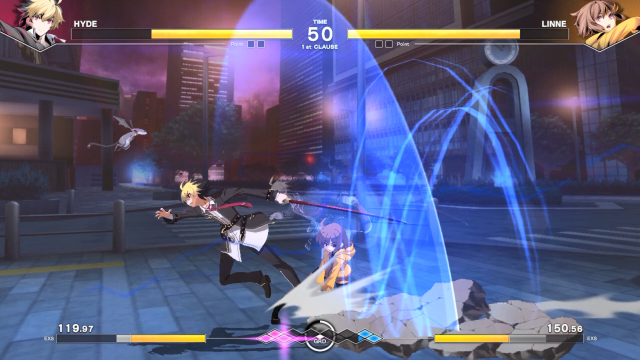
Going back to what Serizawa-san told me at Evo last year, he noted that French-Bread could only make UNI2 happen because of how incredible the original game’s community has been over the years. As a result, UNI2 is an “answer to the community’s love and support” in its truest form.
It has everything that made the original game so great, with layers lovingly added on top alongside new content that make it a fighting game you definitely shouldn’t overlook if you want to give something freshly baked a try ahead of its Evo 2024 showcase.

- Incredible visuals
- Mechanics create a perfect flow
- Snappy online play
- Lacking some modes
- Minimal online lobbies


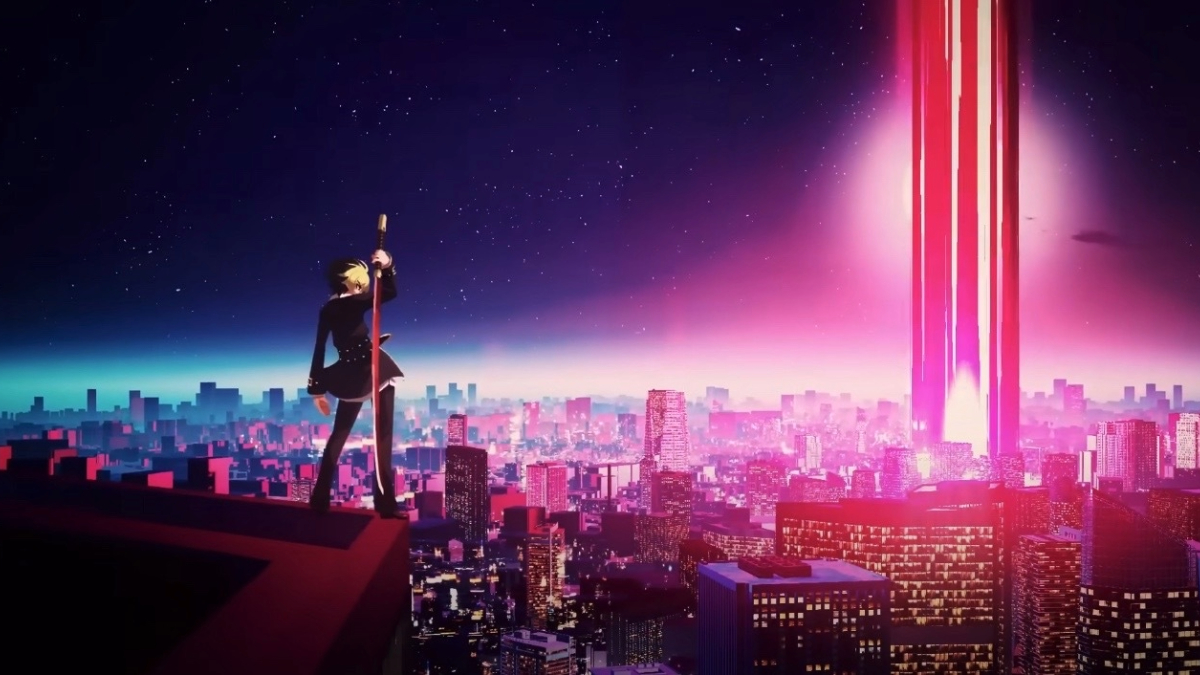
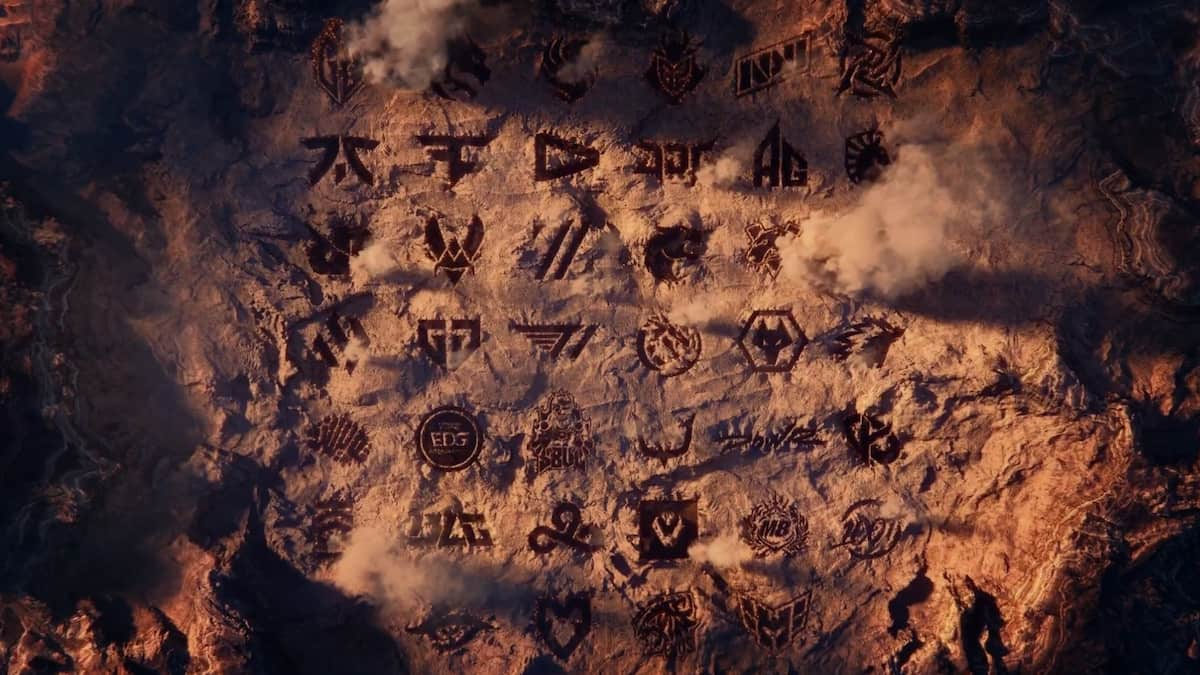
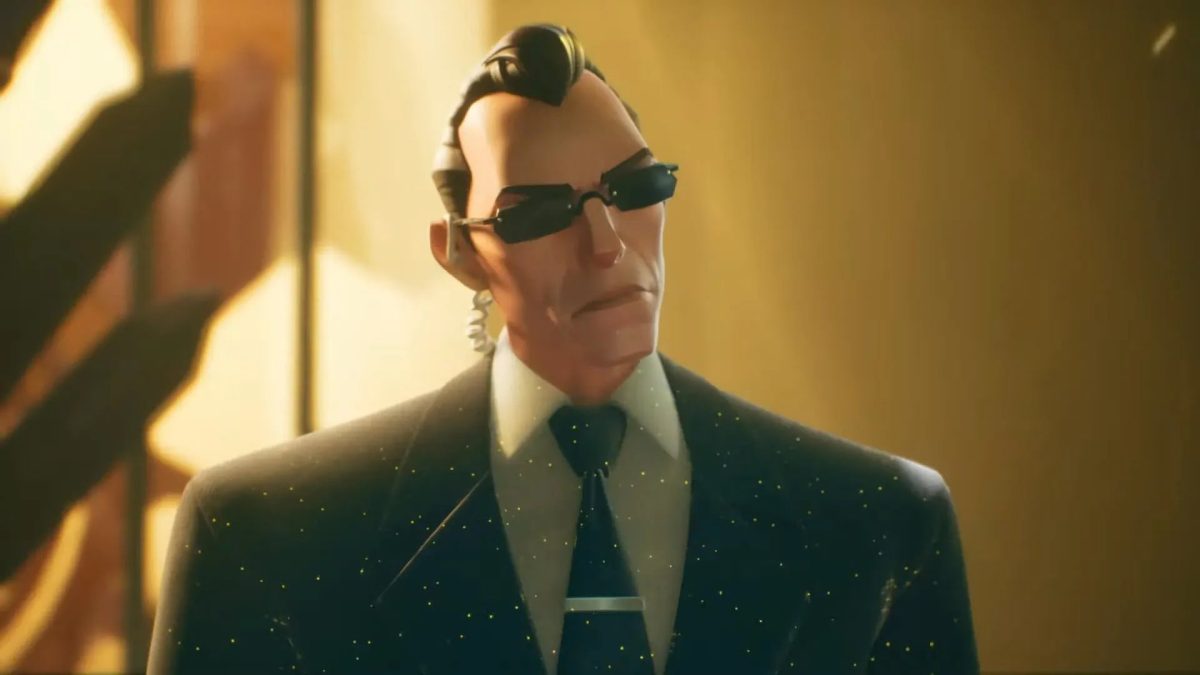
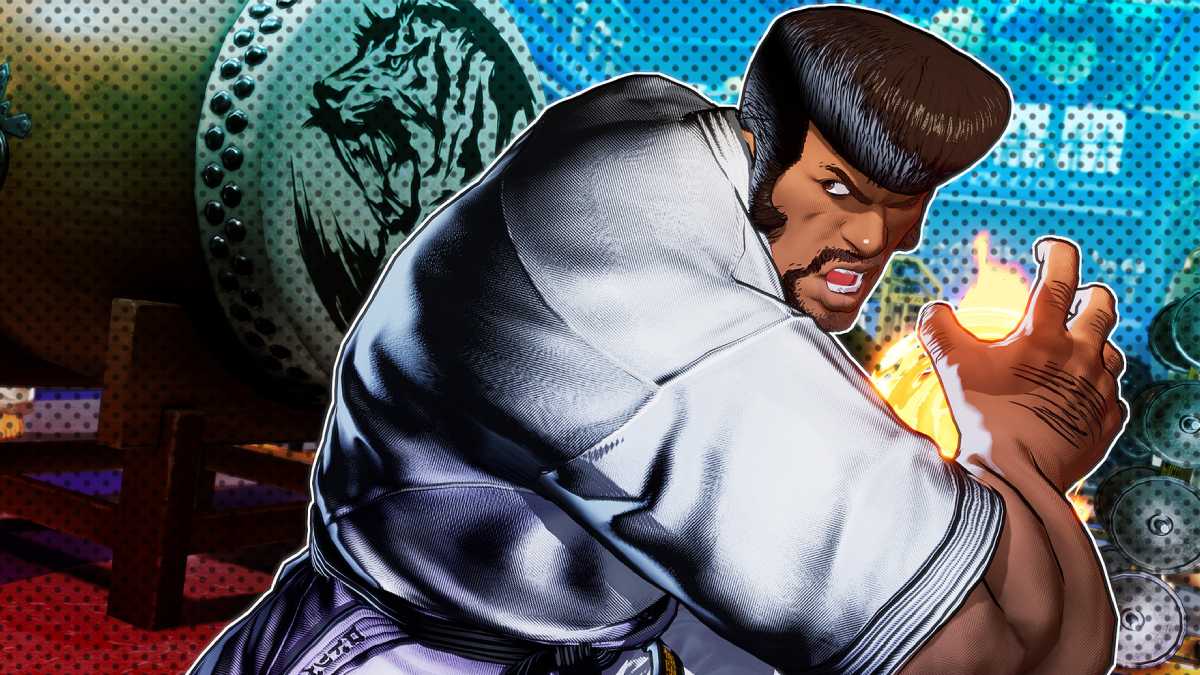
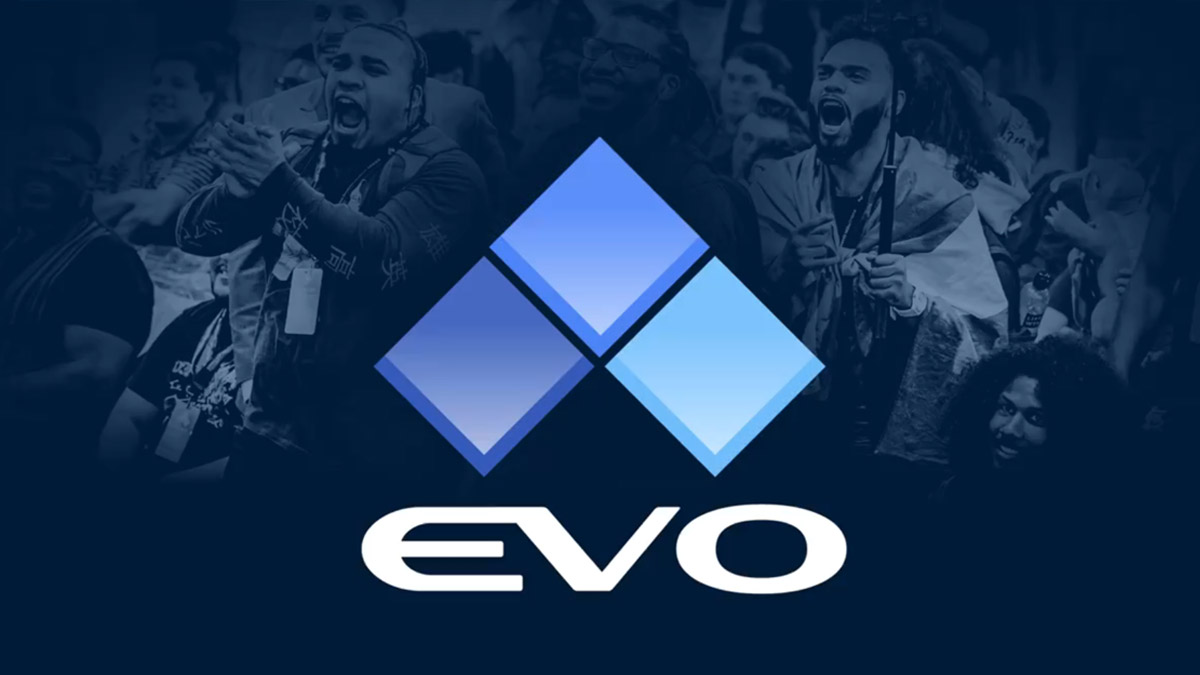
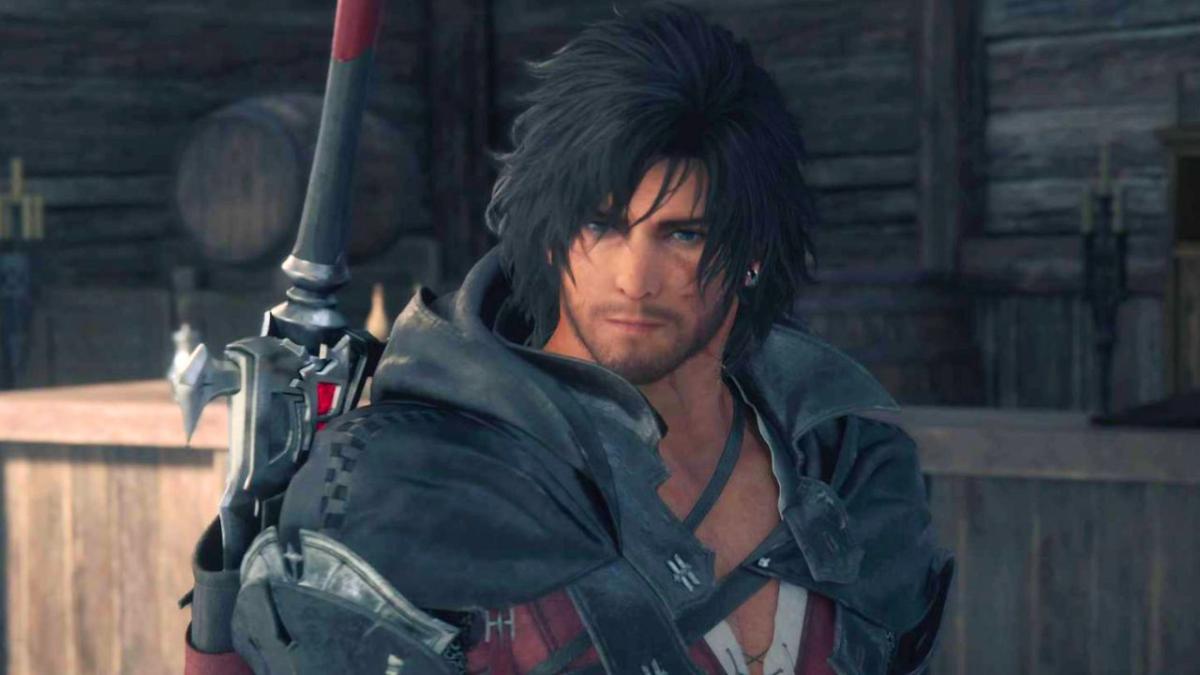
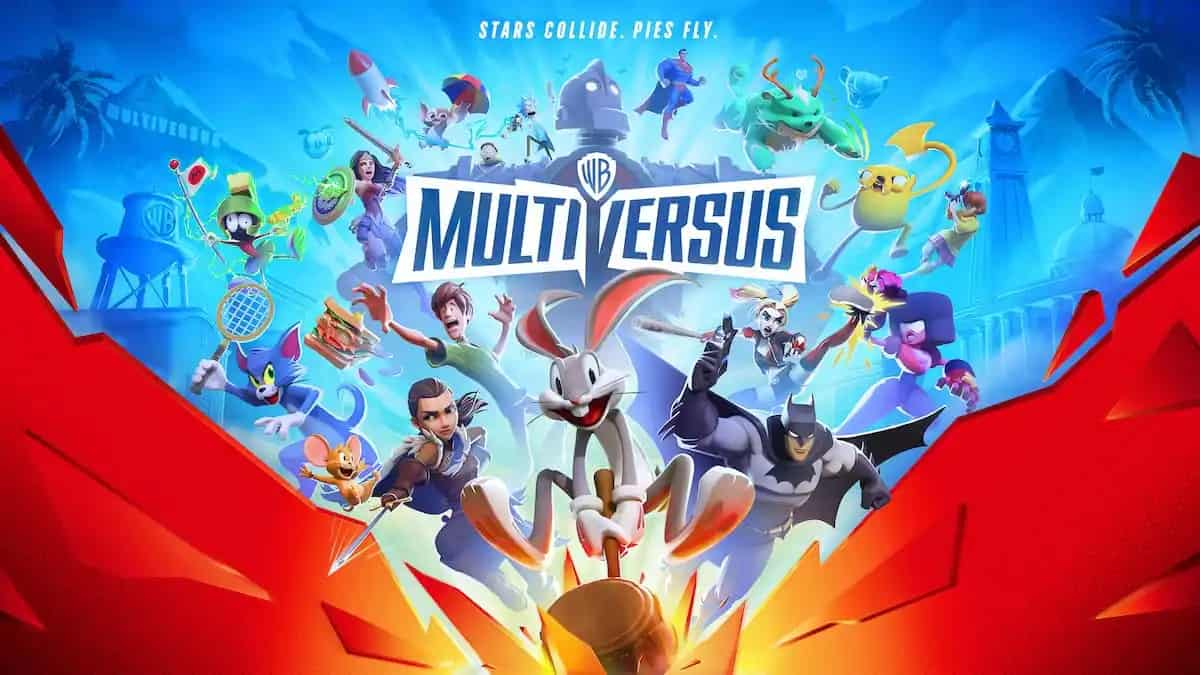
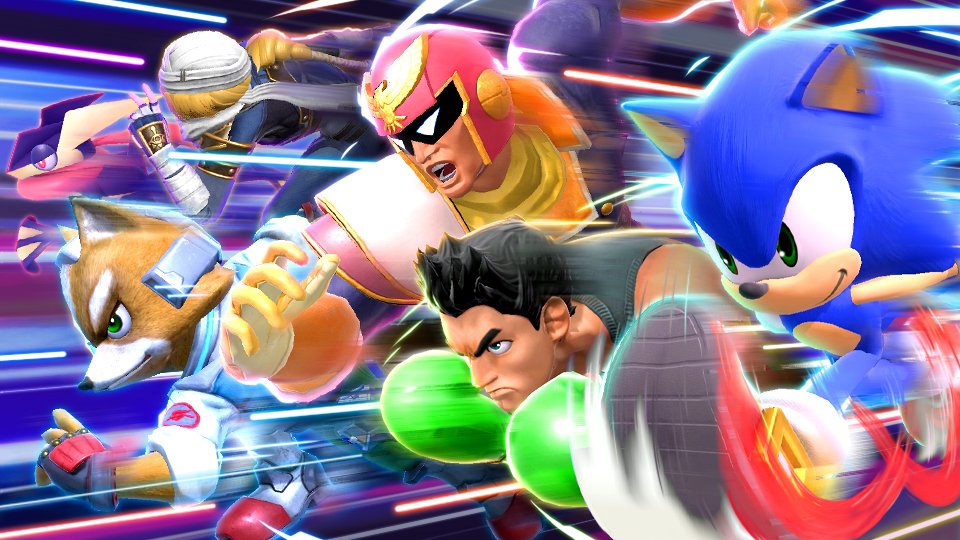


Published: Mar 1, 2024 07:11 am